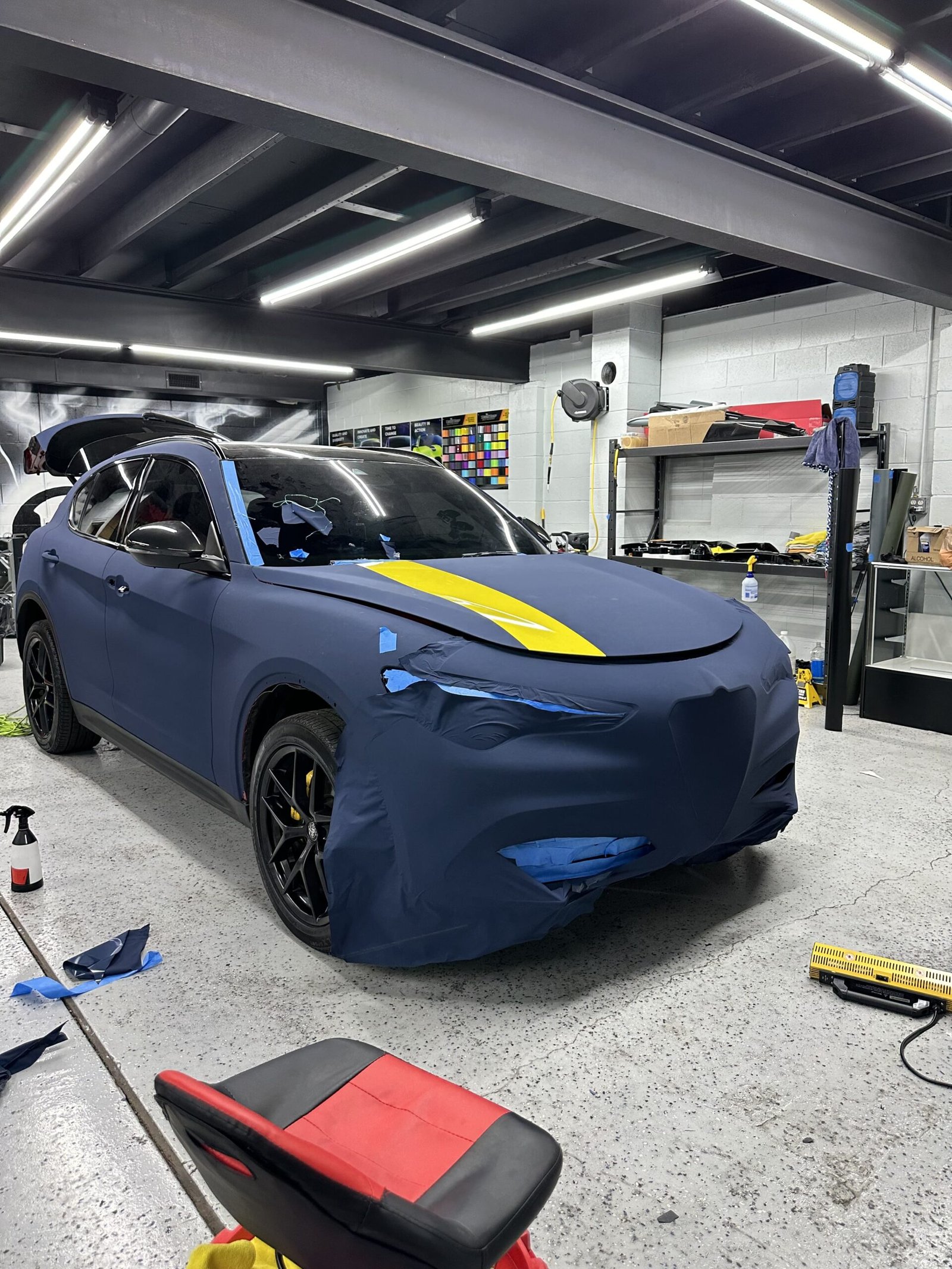In the world of automotive care, where enthusiasts seek to maintain the pristine condition of their vehicles, Paint Protection Film (PPF) has emerged as a game-changer. Often referred to as the “invisible shield,” PPF is a transparent, self-healing film that offers unparalleled protection against the perils of the road. In this blog post, we’ll explore the wonders of Paint Protection Film, its benefits, application process, and why it has become an essential investment for those looking to safeguard their automotive investments.
Understanding Paint Protection Film: Paint Protection Film is a clear, thermoplastic urethane film that is applied to a vehicle’s painted surfaces. Designed to be nearly invisible, PPF is an advanced solution to shield a vehicle’s exterior from road debris, stone chips, bug splatter, bird droppings, tree sap, and other environmental contaminants. Its self-healing properties make it an excellent defense against light scratches and swirl marks, ensuring the underlying paint remains in impeccable condition.
Benefits of Paint Protection Film:
- Unrivaled Protection: PPF acts as a sacrificial layer, absorbing the impact of road debris and preventing it from reaching the vehicle’s paint. This ensures that the factory finish remains untouched, preserving the aesthetic appeal and resale value.
- Self-Healing Technology: The innovative self-healing properties of PPF set it apart from traditional protective measures. Minor scratches and swirl marks on the film disappear over time, maintaining a flawless appearance without the need for additional intervention.
- Optical Clarity: When professionally installed, PPF is virtually invisible. It maintains the original color and gloss of the paint, allowing the beauty of the vehicle to shine through without compromising aesthetics.
- Long-Term Durability: Paint Protection Film is designed to withstand the rigors of daily driving and exposure to harsh weather conditions. High-quality films are resistant to yellowing, peeling, and bubbling, ensuring long-term protection without compromising visual appeal.
Application Process: While the installation of Paint Protection Film is a meticulous process best left to professionals, here’s an overview of the general steps involved:
- Surface Preparation: Thoroughly clean and decontaminate the vehicle’s surfaces to ensure optimal adhesion of the PPF.
- Precise Cutting: The film is custom-cut to fit each specific panel or section of the vehicle. This step requires precision to ensure a seamless and tailored fit.
- Application: The PPF is carefully applied to the painted surfaces, removing air bubbles and ensuring a smooth, even finish.
- Heat Activation: Heat is often applied during the installation process to activate the self-healing properties of the film and ensure a tight, secure bond with the paint.

